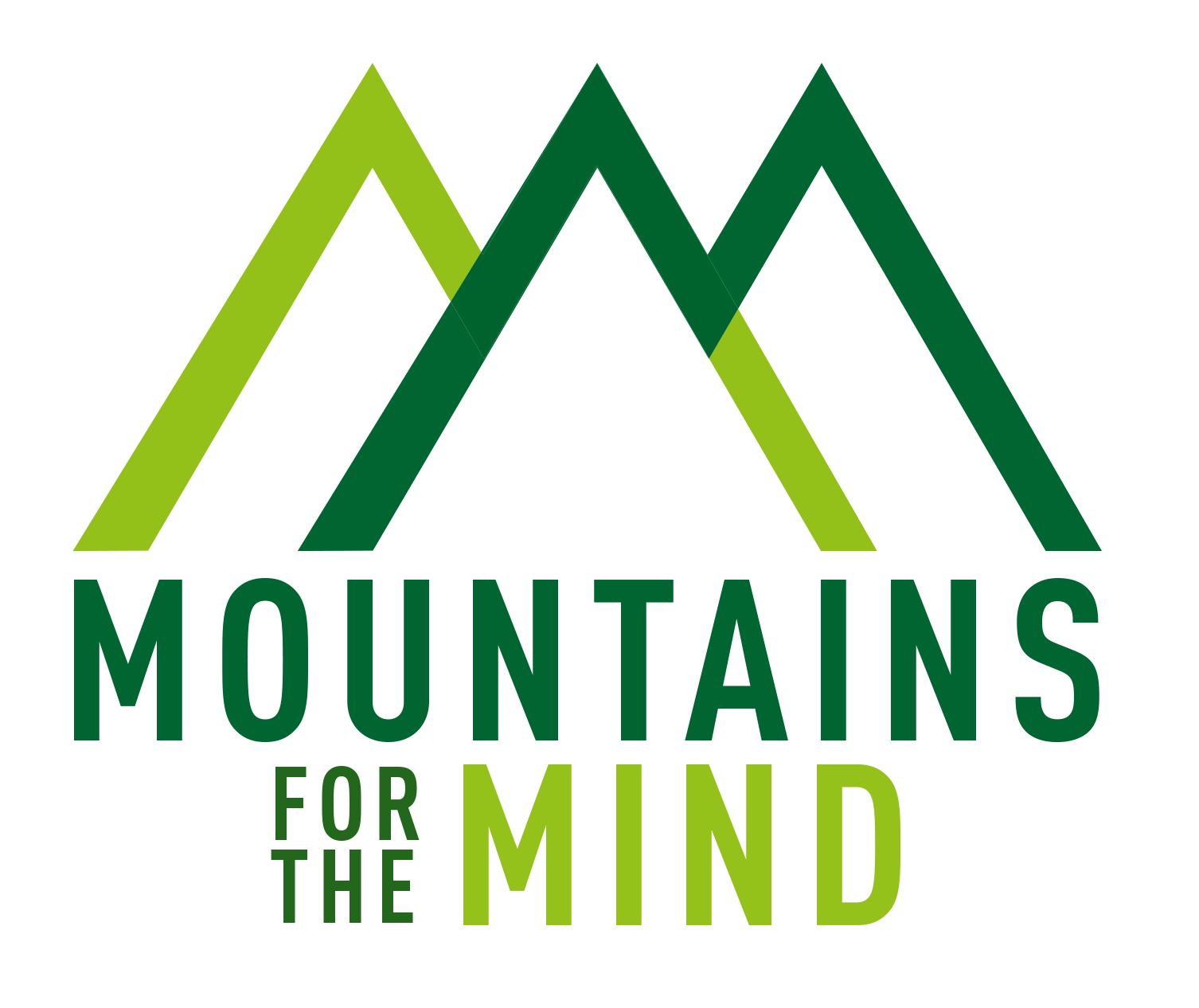Beginner's guide to hillwalking
What is hillwalking?
The term hillwalking broadly describes the activity of walking in hills and mountains. It’s generally a British term, more commonly known as hiking in other countries. The beauty of hillwalking is its simplicity, because although you’ll often encounter challenging and rocky terrain it rarely requires any more technical gear than a rucksack, a map and compass, a good pair of boots and warm, waterproof clothing. Any routes that require ropes, helmets or harnesses is generally considered climbing or mountaineering territory.
How hard is hillwalking?
That all depends on where you walk! Hillwalking covers everything from your local hills and countryside to the high, fearsome mountains of the Scottish Highlands, so the levels of fitness and experience required can vary a lot. If you’re new to hillwalking, start small and ease yourself in slowly. As in, don’t make Ben Nevis the first route you ever try. As your fitness and experience levels build, you can in turn build yourself up to more challenging routes. Mountain weather can change very quickly and its common to be walking in sunshine one minute and in cloud the next – so navigation skills are important as you progress into high and wild landscapes. It’s a great idea to learn from more experienced walkers or take a course.
Where can I go hillwalking?
The most popular hillwalking areas in the UK are mountainous and hilly regions such as the Lake District, Snowdonia, the Peak District, the Yorkshire Dales, the Brecon Beacons and – of course – the Scottish Highlands. But that doesn’t mean hillwalking is solely restricted to those areas. If you live in a big city, a long way from mountains or national parks, start out in your local hills. Areas such as the Chilterns, Cotswolds, Dartmoor, the Shropshire hills, the Malvern Hills and the Yorkshire Wolds may not be regarded as classic hillwalking territory, but they have plenty of ascent and descent so are great places for beginners to get started.
What skills do I need for hillwalking?
When you first start out, you won’t need much more than basic fitness and a good sense of direction. But once you start trying more challenging and adventurous routes – particularly in the mountains – you’ll need to sharpen up your navigation skills. What is an easy route to follow on a clear sunny day can be a very different proposition in the fog! Smartphones and GPS devices are very useful navigation tools, but you should always carry a paper map and compass and – most importantly – know how to use them. Navigation courses like those run by Mountain Training and the Ultimate Navigation School are well worth attending if you want to learn from trained experts.
What gear do I need for hillwalking?
Many walkers new to the mountains get caught out by the weather. On average the temperature is likely to decrease by 1°C for every 100m climbed, and the valley wind speed is often doubled on the summits. Wind chill especially if you’re wet is a real danger, so always make sure you’re well prepared for every type of weather! Essentially you need to be warm, dry, well fed and watered and be able to navigate. This is a basic guide to what you should consider carrying on a standard snow-free day in the British mountains.
Waterproof jacket
Needed for keeping rain and wind at bay, a waterproof jacket is a must- have. Look for something durable, breathable and lightweight with a well-fitting hood that packs down small when it’s stashed inside your rucksack. It’s also useful if you can access the pockets without having to unbuckle your rucksack first.
Walking trousers
Having suitable legwear can help protect you from wind, rain and cold, plus any scuffs from rough terrain. Flexibility is key with walking trousers as you want full movement in your legs. They should be durable enough to withstand bumps and scrapes on rock.
Walking boots
Good, solid walking boots with ankle support can go a long way to protecting your feet and giving you as comfortable a time on the hill as possible. It’s a matter of personal choice as to whether you wear traditional leather boots or lighter synthetic modern versions, but you should always ensure they have a strong and grippy sole, and enough protection to keep your feet safe on tough mountain routes.
Map and compass
Conditions can turn quickly in the mountains, making it essential to carry a map and compass (and know how to use them). Ordnance Survey and Harvey lead the way in terms of paper mapping, although it’s also possible to print your own maps with an online mapping subscription.
N.B. Mountain walking in snow and ice requires additional kit and skills.
Hat
You lose a lot of heat through your head, and even in fine weather you’ll face a big temperature drop between sea-level and mountain top, so a warm hat is always worth keeping in your rucksack. And make sure you pack a spare on really cold days!
Walking poles
One of those bits of gear you’ll never truly appreciate the benefit of until you’ve used them properly! Poles can take a huge amount of pressure off your ankles, knees and muscles during a big ascent or descent, which is great for conserving energy – especially if you’re carrying a heavy pack.
Rucksack
You need a rucksack big enough to hold all of the additional essential kit listed below. Dedicated walking packs have lots of pockets that allow you to separate gear, while alpine-style designs usually have one main compartment and a lid pocket.
In your rucksack
Gloves (plus an extra set in winter)
Extra warm layers
Overtrousers
Buff
First aid kit
Camera (optional)
Mobile phone
GPS device (optional)
Headtorch
Food for the day
Plenty of water



